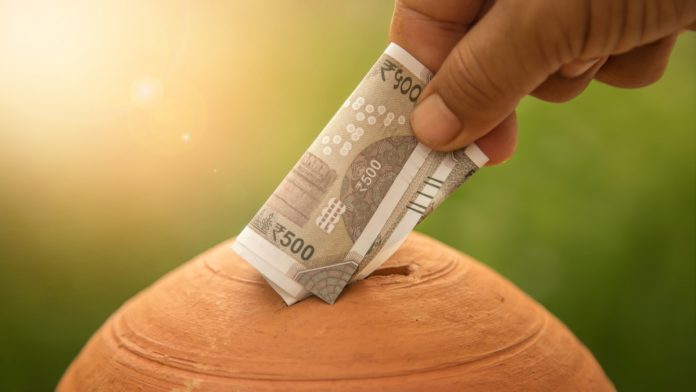- Indian Rupee (INR) falls as Russia fears hit risk sentiment
- Domestic equities close lower
- US Dollar (USD) rises on safe have flows
- US jobless claims rise
The US Dollar Indian Rupee (USD/INR) exchange rate is moving higher on Thursday after two days of declines. The pair settled -0.17 lower on Wednesday at 75.02. At 16:30 UTC, USD/INR trades +0.03% at 75.04.
The Indian Rupee is falling in risk off trade, as investors continue digesting headline surrounding Russia Ukraine tensions. Both Russian backed rebels and the Ukraine government traded accusations that the other had fired across a cease fire line. NATO also questioned Russia’s claims that it has pulled troops away, saying that, on the ground, it appeared that more troops had arrived
The West have warned that Russia could invade imminently, which is hurting risk sentiment. Indian equities followed global equities lower. The Sensex closed 0.18% lower and the Nifty 50 ended the day 0.4% lower.
Separately, falling oil prices could support the Rupee. West Texas Intermediate trades 2% lower as the US and Iran inch closer to reviving the 2015 nuclear deal.
The US Dollar is rising across the board. The US Dollar Index, which measures the greenback versus a basket of major currencies trades +0.11% at the time of writing at 95.80 snapping a two-day losing streak.
The US Dollar fell yesterday as Russia, Ukraine tensions cooled, as Russia said that it was withdrawing troops from the border of Ukraine. The minutes from the January Federal Reserve monetary policy meeting were also less hawkish than what investors were expecting, which sent US dollar prices lower.
The minutes indicated that the Fed was not looking to rush the tightening process, instead opting a measured approach. Although the meeting was before US inflation reached 7.5%.
Today US jobless claims rose, defying expectations of a continued improvement in the labour market. Initial jobless claims from to 248,000, rising from the 225,000 recorded last week and ahead of the 219,000 forecast.
Attention is firmly on eastern Europe and developments




